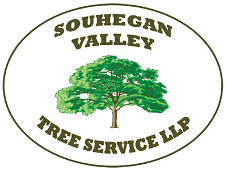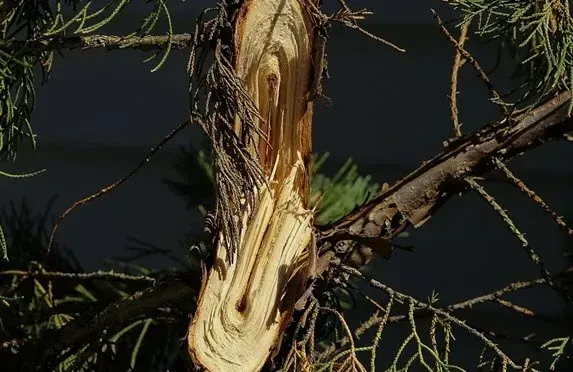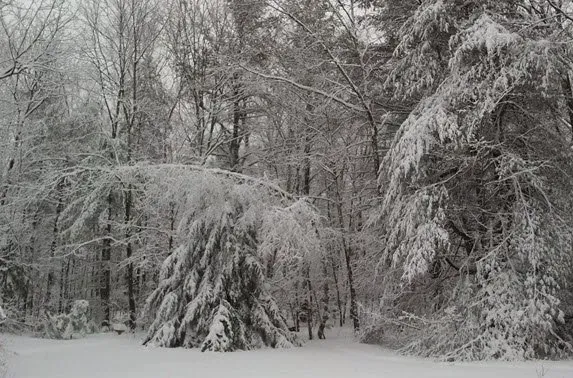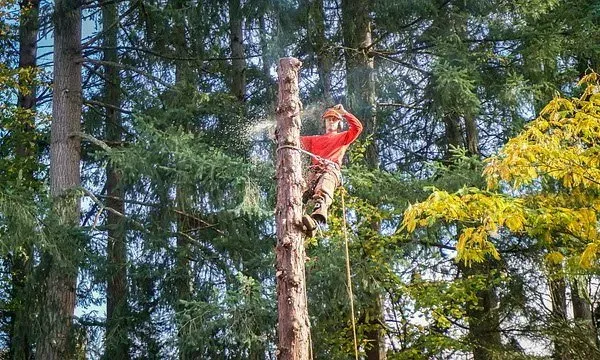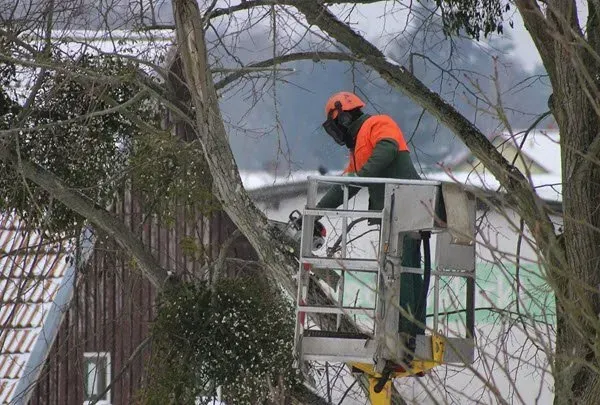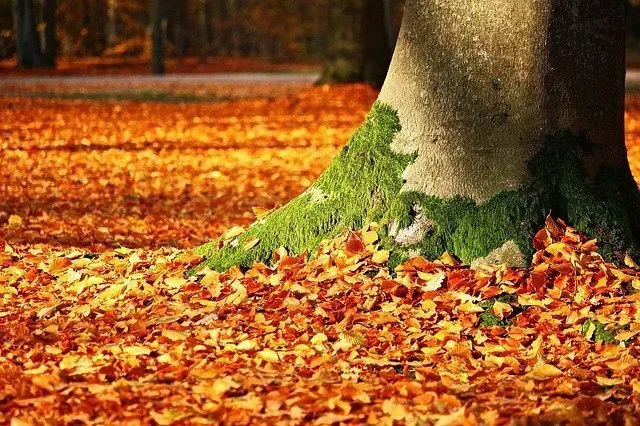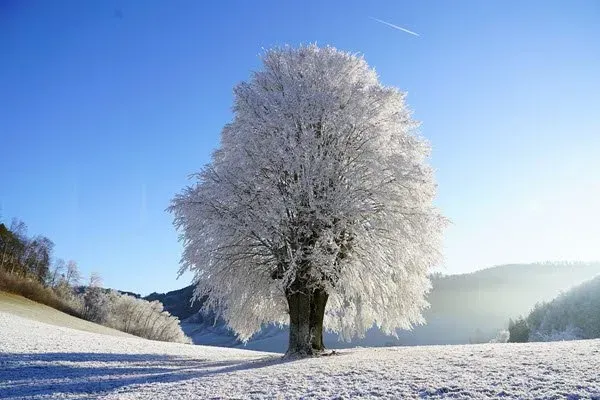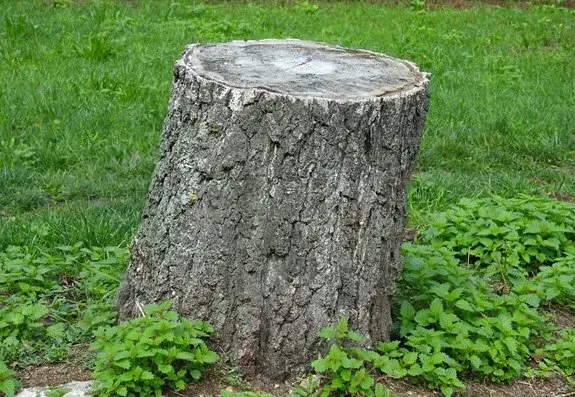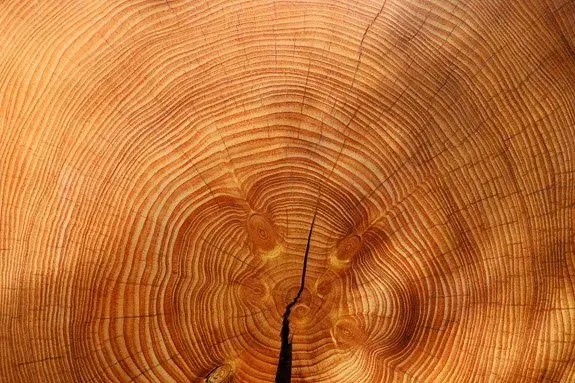What are the Signs of an Unhealthy Tree?
Hollis, NH Homeowner Looks for Advice
While a dead tree may be obvious to any onlooker, a sick or unhealthy tree may be more difficult to spot. One of the most obvious signs to look for in an unhealthy tree is dead or dying branches or limbs. These branches are often hanging low or are without leaves. The presence of fungus on the tree, splitting or peeling bark or increased insect activity are also a good sign that the tree is unhealthy.
A homeowner in Hollis was concerned about a large maple tree close to his home. The tree, while not dead, had many dying branches. With the approaching winter, he was concerned about these branches and sought the advice of Souhegan Valley Tree Service.
Look to the Base of the Tree to Evaluate its Health
The tree’s roots can tell a lot about its health. If you see severed roots or signs of decay, the tree may be injured. Mushrooms and other fungi growing around the base and roots of the tree is also a good indicator that the tree is unhealthy and may need attention.
The area of the trunk that is just above the soil can also offer some insight into the tree’s health. Peeling or loose bark are good indicators that the tree is unhealthy. Any cracks or deep splits in the tree trunk are also indicative of an unhealthy or injured tree.
Treating an Unhealthy Tree
The signs you are seeing to indicate that the tree is unhealthy could point you in the direction of the problem. If the leaves have dark spots or a distorted shape, this may indicate a leaf disease. If the insect activity has increased, the tree may be suffering from an infestation. It can be difficult to pinpoint the exact cause of the tree’s unhealthy state without the help of a professional.
The homeowner in Hollis took the suggestions offered by Souhegan Valley Tree Service. While the tree was not too far gone we did remove some of the dead branches to prevent any risk of damage to his property over the winter months.
